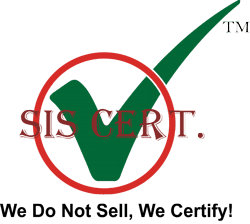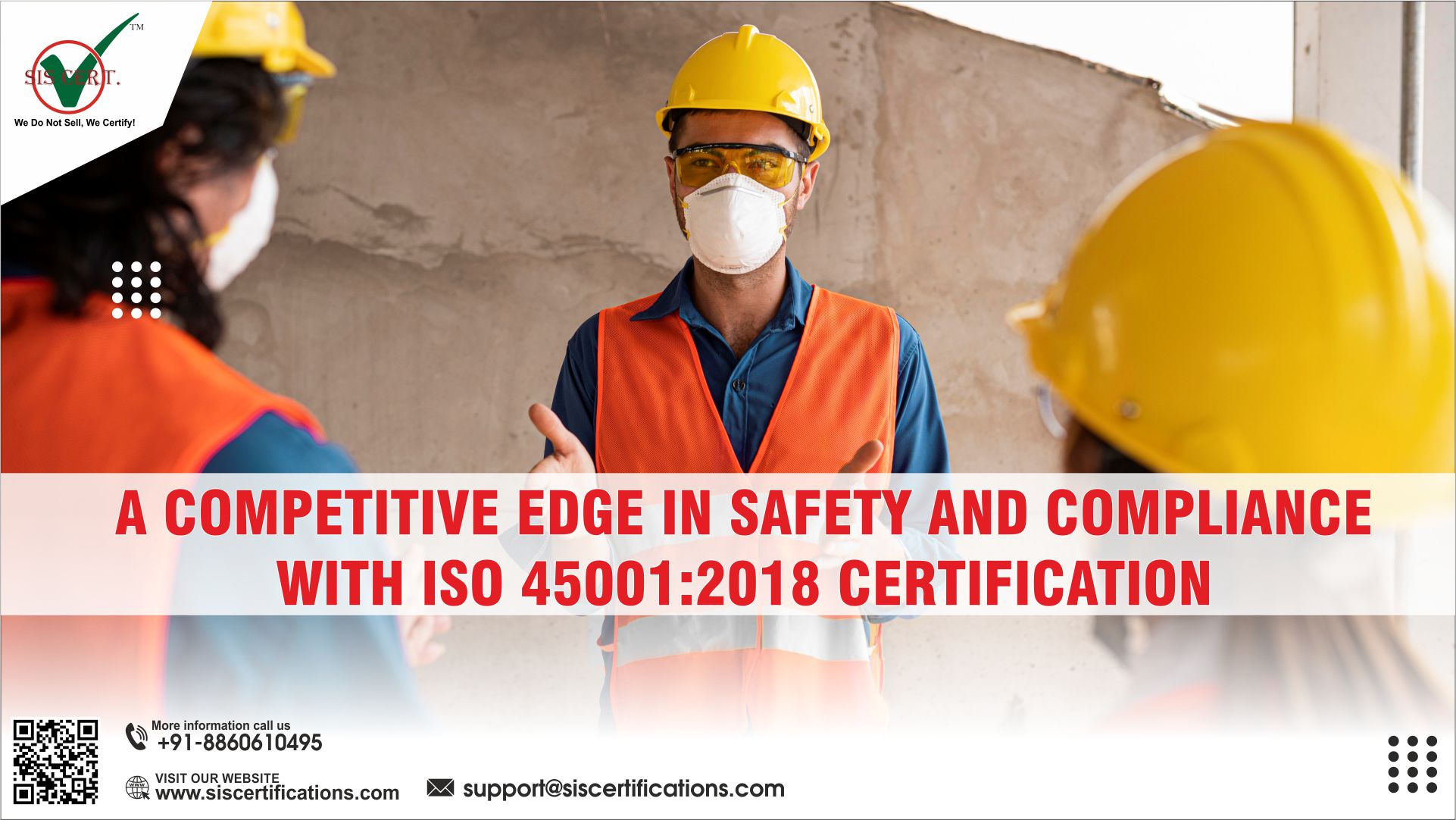Organisations must ensure the safety and well-being of employees while maintaining compliance with national and international best practices. Moreover, ISO 45001 safeguards the employees and enhances an organisation’s reputation by providing a competitive edge in the market. It is a globally recognised Occupational Health and Safety Management System (OHSMS).
The certification demonstrates an organisation’s commitment to creating a safe work environment by adhering to regulatory and statutory requirements. In this blog, we will understand how ISO 45001 provides a competitive edge to organisations by exhibiting their responsible behaviour.
What is ISO 45001 Certification ?
ISO 45001 certification outlines the requirements for an effective Occupational Health and Safety Management System (OHSMS). It helps organisations to manage their occupational health and safety risks by reducing workplace accidents and enhancing employee safety and well-being. Achieving ISO 45001 certification demonstrates an organisation’s commitment to a safe and healthy work environment, as it maintains compliance with national and international regulations to enhance customers’ trust and confidence.
What is HIRA in ISO 45001?
HIRA stands for Hazard Identification and Risk Assessment and is a critical component of ISO 45001. It mandates an organisation to identify workplace hazards by evaluating potential risks and opportunities. Moreover, it implements appropriate controls to mitigate identified risks. HIRA helps organisations prevent accidents, injuries, and illnesses by proactively addressing safety and health concerns.
Steps to Maintain Compliance with ISO 45001 Standard Guidelines ⮯
ISO 45001 standard provides guidelines for organisations to achieve desired growth and objectives. An organisation must follow these steps to maintain compliance with ISO 45001 certification requirements :-
- Leadership Commitment: The top management should demonstrate commitment to safety and compliance.
- Risk Assessment: A risk assessment helps organisations continually identify, assess, and mitigate workplace hazards and risks.
- Legal Compliance: Organisations must stay updated with relevant health and safety laws and regulations.
- Documented Procedures: An organisation must maintain accurate records, procedures, and policies aligned with ISO 45001.
- Employee Training: It mandates organisations to provide regular training to employees on safety procedures and expectations.
- Internal Audits: Organisations must conduct routine internal audits to identify non-conformities.
- Corrective Actions: Business is a continuous process, and so is improving business operations. Organisations must address non-conformities promptly and implement corrective actions.
- Continual Improvement: It follows the principle of continuous improvement to assess and enhance the occupational health and safety management system (OHSMS).
- Management Review: Management Review helps organisations periodically review the OHSMS’s performance and make necessary adjustments.
- External Audits: It mandates organisations to cooperate with external auditors for ISO 45001 recertification and maintain compliance.
How ISO 45001:2018 Standards provide a Competitive Edge to Organisations
In the quick-paced business world of today, gaining a competitive edge involves more than just profitability and market share. ISO 45001 demonstrates a strong dedication to the safety and well-being of the workforce and the communities you support. It is a significant tool used by businesses to achieve operational excellence, compliance, and workplace safety.
Benefits of ISO 45001 Standards ⮯
- It establishes a strong safety culture and boosts employees’ morale by adopting a proactive approach to address potential risks to reduce workplace accidents and injuries. Hence, it increases their productivity and overall production.
- A crucial component of contemporary corporate operations is adhering to health and safety laws. ISO 45001 ensures compliance with the national and international legislative criteria to manage occupational health and safety. Moreover, it helps organisations avoid legal fines and penalties due to non-compliance.
- ISO 45001 helps organisations improve their operational efficiency by streamlining various business operations. It conducts a risk assessment to identify potential threats and reduce workplace accidents and incidents.
- The ISO 45001 certification stands out as a compelling distinction in a world where ethical investors and conscientious customers are growing more discriminating. It proves your dedication to moral business conduct and considerate corporate citizenship.
- ISO 45001 standard follows the principle of continuous improvement by encouraging businesses to evaluate their OHSMS frequently. Moreover, it helps them identify areas of improvement and make the necessary changes.
Conclusion ✅
ISO 45001:2018 certification ensures the long-term success of a business by maintaining the security and well-being of personnel. It encourages an organisation to maintain legal compliance by improving operational efficiency and enhancing stakeholder trust and confidence.




